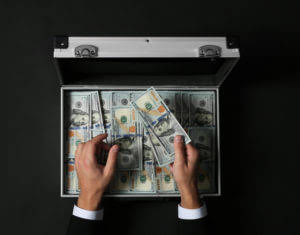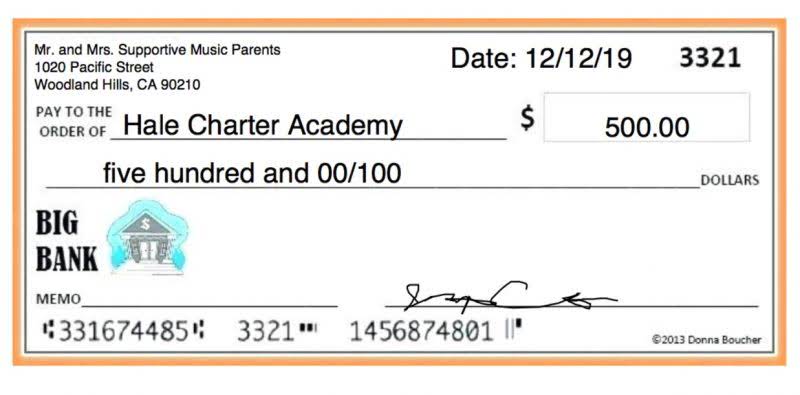Content

Kuh-NEV -in) is a conceptual framework used to aid decision-making. Created in 1999 by Dave Snowden when he worked for IBM Global Services, it has been described as a “sense-making device”. Factors influencing creativity in the domain of managerial decision making. A meta-analysis of personality in scientific and artistic creativity.
What are the six decision making models?
The DECIDE model is the acronym of 6 particular activities needed in the decision-making process: (1) D = define the problem, (2) E = establish the criteria, (3) C = consider all the alternatives, (4) I = identify the best alternative, (5) D = develop and implement a plan of action, and (6) E = evaluate and monitor the …
When the executives “landed” on the alien planet, they were asked to address problems and opportunities facing the inhabitants. The issues they encountered were disguised but designed to mirror real situations, many of which were controversial or sensitive. Because the environment seemed so foreign and remote, however, the players found it much easier to come up with fresh ideas than they otherwise might have done.
Step 5: Evaluate Alternatives
Moreover, even if we had access to all the information, it could be challenging to compare the pros and cons of each alternative and rank them according to our preferences. The downside of this model is that it consumes a lot of time and resources and requires extensive brainstorming and meetings. On top of that, there is no past proof that the final decision will work until you try it. Additionally, success depends on the decision maker’s creativity and availability to conceive fresh ideas. Every time a company makes a decision, it is using a framework. A framework is a set of steps that a company uses to make a decision. A dynamic structure is a process that a company uses to make decisions, and it is one of the most important functions of the company.

A framework is essential for decision-making as this makes your task all cut out and easy for you to arrive at a decision-making framework that best suits you. Below are a few indicators to get to your favorite decision-making framework. If you are going to regret it at 80, then you probably know what to decide. The point is you should not regret your decision at a later date. It will provide you with all the possible scenarios to be avoided and finally arrive at the right decision. What one has to remember here is that you can always make the result of what you want it to be by making the right intermediary decisions between the cause and the desired effect.
Step 2: Gather relevant information
Your team begins identifying the pros and cons of each option, and eliminating alternatives from those choices. A decision support system is an information system that aids a business in decision-making activities that require judgment, determination, and a sequence of actions. A DSS is either human-powered, automated, or a combination of both. With relevant information now at your fingertips, identify possible solutions to your problem. There is usually more than one option to consider when trying to meet a goal. In a complex context, however, right answers can’t be ferreted out.

The fourth field of decision making has a layer of complexity that doesn’t lend itself to the careful controls of laboratory experiments, so we know less about how best to make them. When we can influence outcomes, it is useful to summon high levels of self-belief.
Types of structures
If your team struggles to decide even where to order lunch, you know this firsthand. I can be a little too “pedal to the metal” at times, and sometimes my co-founder Anna will say, “This is a big decision. Even though we think we know what to do, let’s give decision making framework it 24 hours.” She’s saved us multiple times with that wisdom. Some decisions can’t be easily reversed or would be too damaging if you choose poorly. Most importantly, some decisions don’t need to be made immediately to maintain downstream velocity.
- Decision frameworks revolve around principles, procedures, and practices for proceedings from information and desires to choices that convert into favorable outcomes.
- Many ethical situations are uncomfortable because we can never have all of the information.
- A common example of the survivorship bias is using other organizations’ success stories to decide what your organization should do.
- Sometimes a quick decision might prove more useful than making the right decision.
- The fourth field of decision making has a layer of complexity that doesn’t lend itself to the careful controls of laboratory experiments, so we know less about how best to make them.
- It’s important to consider the pros and cons of both the implementation and outcome.